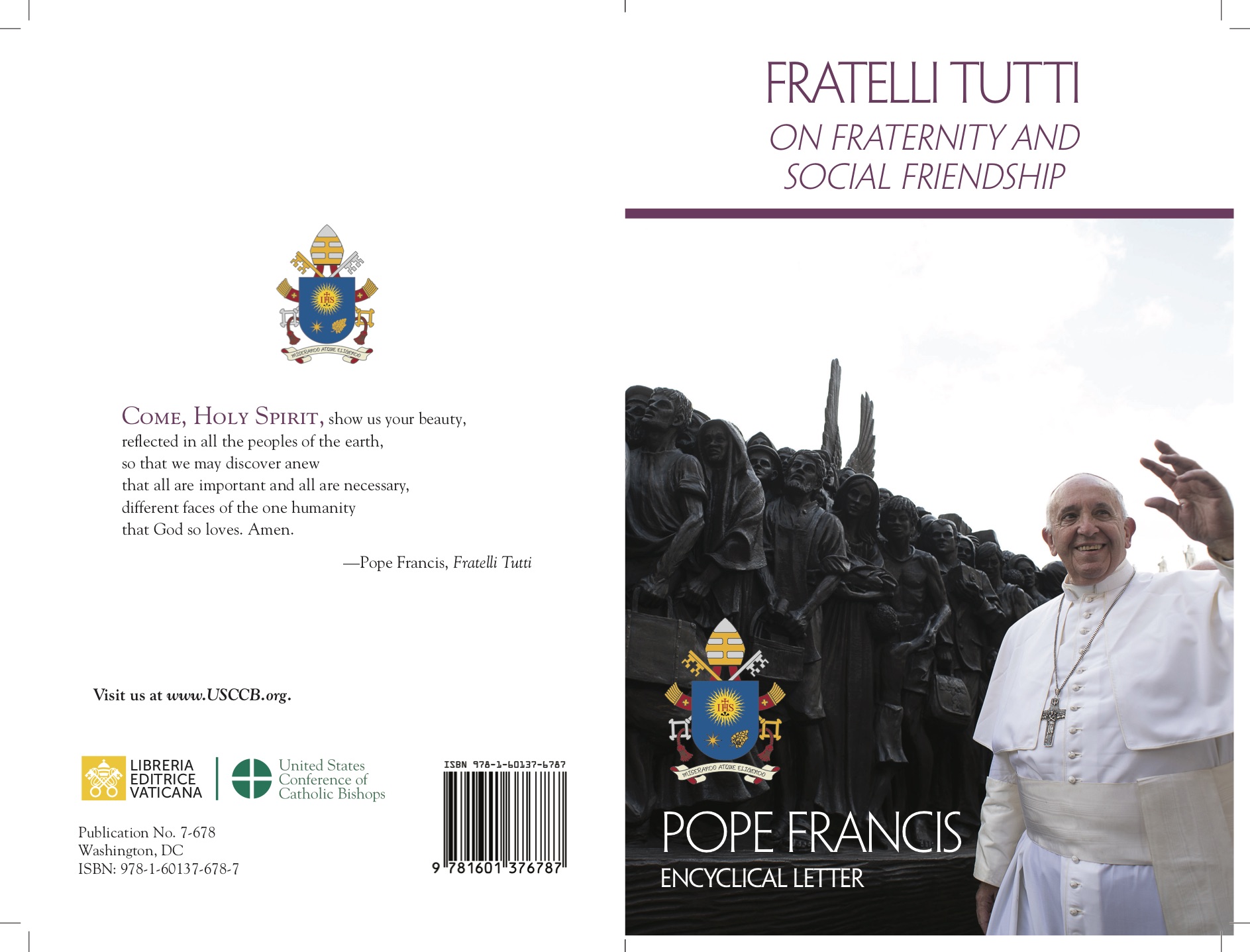
Stop the weapons; before you reduce the world to a “hospital and charnel house”, it was Christmas 1915. The Great War had been raging for eighteen months and Pope Benedict XV made his appeals for peace. What the world was still unaware of -due to the censorship of war- was just how much blood was being spilled and how many severely wounded there were in the military hospitals, yet it was crystal clear to the Holy See. The Pontiff knew what he was talking about because he himself had wanted a hospital for the war wounded in his own home, so offered the spaces of the Pontifical Hospice of Santa Marta in the Vatican. These are the same ones where Pope Francis lives today. From August 1915, it housed hundreds of seriously wounded Italian soldiers. The doctors and nurses of the Order of Malta and the Daughters of Charity of St Vincent de Paul (with their large white caps and grey aprons), worked there.
However, that band of sisters was part of a gigantic choreographed effort. Tens of thousands of nuns from many different European countries had been called upon to care for the war wounded. A quick trip onto the Internet is enough to see plenty of period photos. There are the German nuns participating in the Order of Malta’s hospital-trains. The French Augustinian nuns, who are protagonists of a large exhibition in the museum of Meaux, 50 km from Paris, were dedicated to the “Silent Heroine Nurses of the Great War”. This gave ample space in particular to the courage of Sister Sainte-Marthe who did not spare herself in her convent requisitioned to become a military hospital, even facing a typhus epidemic that was spreading in the wards, and where she died from exhaustion after the war.
In Italy, among the first were the Sisters of Charity of St Jeanne Antida Thouret. At the beginning of the war, the Superior General, Mother Ildegarde Zmiglio, wrote in a circular letter May 6, 1915. “Courage, my good daughters, do not be frightened by the sacrifices that this mission requires of you, carry it out without listening to nature, which certainly cannot find anything pleasant in this kind of service that leads you to live continuously among the dead and dying”.
To recount their commitment is a brand new four-part podcast (https://www.suoredellacarita.org/podcast-servire-la-vita-dove-la-vita-e-sconfitta/) entitled “Serving life, where life is defeated”. A dramatic letter from Sister Blandina Protani, who was on one of the first hospital trains, is quoted as saying, “It is a pity to see those good young men come back from the battlefield sick, but the wounded tear the heart to pieces...we have had some that were unspeakably painful. In receiving a poor Captain whose shoulder had been pierced through by a bullet, I had to take courage in a violent manner”. One report reads, “We received, at Calalzo Pieve di Cadore, a soldier with both limbs mutilated. All that remained of him was his torso. He was very young; he had a mother and wife, a Lombard, and was calm, very grateful for the care he received. To think that he needed everything. We took an interest in him. We knew that he died after a month”.
They, like all of them, had to see at first hand the suffering, pain, and despair of the young men sent to slaughter, which war propaganda carefully concealed.
Don Giancarlo Rocca has studied the contribution of religious men and women to the Great War. “We do not know”, he writes, “how many there were, because until today, unlike the case of religious, no statistical surveys have been carried out in this regard. If we consider that in the 1911 census there were about 45,000 women religious in Italy, it does not seem far-fetched to assume that at least a third of them were engaged in war services. In fact, they served in war zones, in field hospitals, in reserve hospitals, in territorial hospitals, in contumacious hospitals, in ambulances, in hospital trains. As the front lines changed, the religious sisters of the same Institute found themselves sometimes under Austrian and sometimes under Italian authority without great difficulty, because both authorities considered their hospital and charitable service on the two fronts to be normal. We do not know how many religious sisters died during the war, and they are not remembered in the Redipuglia cemetery, which is dedicated to the memory of soldiers”.
However, Professor Roncaglia, head of the provincial hospital in Parma, said as early as August 1916, “In all the battlefields, the nuns number around 10,000; a veritable army of charity”.
In general, these nuns were not qualified nurses, except for a few special cases. They were in charge of ward management, food, cleaning, and comfort. Among the most active were the Handmaids of Charity of St Mary Crucified of Rose, who had had a theoretical-practical school for nurses since 1905. “The First World War,” Sister Augusta Nobili explained, “saw more than seven hundred Handmaids involved in health care in civil and military hospitals, sanatoria, convalescent homes, asylums”.
Grazia Loparco, a Salesian nun and historian, who is a member of the steering committee of Women Church World, then writes about the commitment of the Daughters of Mary Help of Christians, “Already in 1915 in Piedmont, Lombardy and Veneto, which were war fronts, there were requests in military hospitals”.
At that time, there were 2,303 professed Salesian women throughout Italy. “The Piedmontese Provincial Council, pressurized by the demands, gave the military hospitals personnel who at first had no specific training in caring for the sick, but nevertheless earned the esteem of both the patients and those in charge”.
Mother Rubatto’s Capuchin sisters were also on the front line. The archives contain a letter from Filomena di san Siro, the superior of the group of sisters working in Langoris, addressed to the Mother General: “Dear Mother, if you had been here on 25 [November 1915 Ed.] It would be a memorable day for us! If you had heard that bombardment...The shells and shells could be heard right in the direction of our hospital! We were all already resigned and ready... we only regretted and felt the separation of being all alone and each in our own ward, and not being able to be together to die”.
Modern warfare imposed a general mobilization that spared no niche in society.
Sister Grazia Loparco reconstructs, “The religious world’s adherence to assistance in hospitals, after some uncertainty dictated by the awareness of not having a specific aptitude, was broad and constant. In June 1915, a letter from Sister Claudina Baserga, a headmistress in Casale Monferrato, expresses the discomfort between the Superior General’s directive to refuse the invitation to offer some sisters for the local hospital and the pressure from the civil and military authorities, and disappointed by the first resistance of the Salesian nuns “who say they are so patriotic”. Addressing the vicar general, after a meeting with the authorities in the town hall, Sister Baserga pointed to the readiness of the Sisters of St Vincent and the Dominican Sisters, concluding, “It seems to me that we too should do a little more”.
In Italy, on the part of the leaders of the congregations there was initially more than a little reluctance because they had emerged from fifty years of “cold war” between Church and State. The Great War, which was a terrible trauma for European societies, was the occasion for a rapprochement between society and the religious world. There were many who did not forget the help they had received from the sisters. Here, we quote from the archive of the Daughters of Mary Help of Christians, out of one thousand, a letter from a soldier who had returned to his family. “How do you write to a nun? Mother, sister, reverend? I would be tempted to write dearest, because in fact, she is dear to my memory, but so as not to be unseemly I pretend not to have said it and do not write anything in the heading. And now? Greetings, thanks. More, an intimate feeling of emotion and tenderness. With you I greet and thank the sisters all who carry out the holy work with such love and self-denial”.
By Francesco Grignetti
A journalist with the Italian national newspaper, “La Stampa”













 Purchase the Encyclical here Fratelli Tutti
Purchase the Encyclical here Fratelli Tutti
